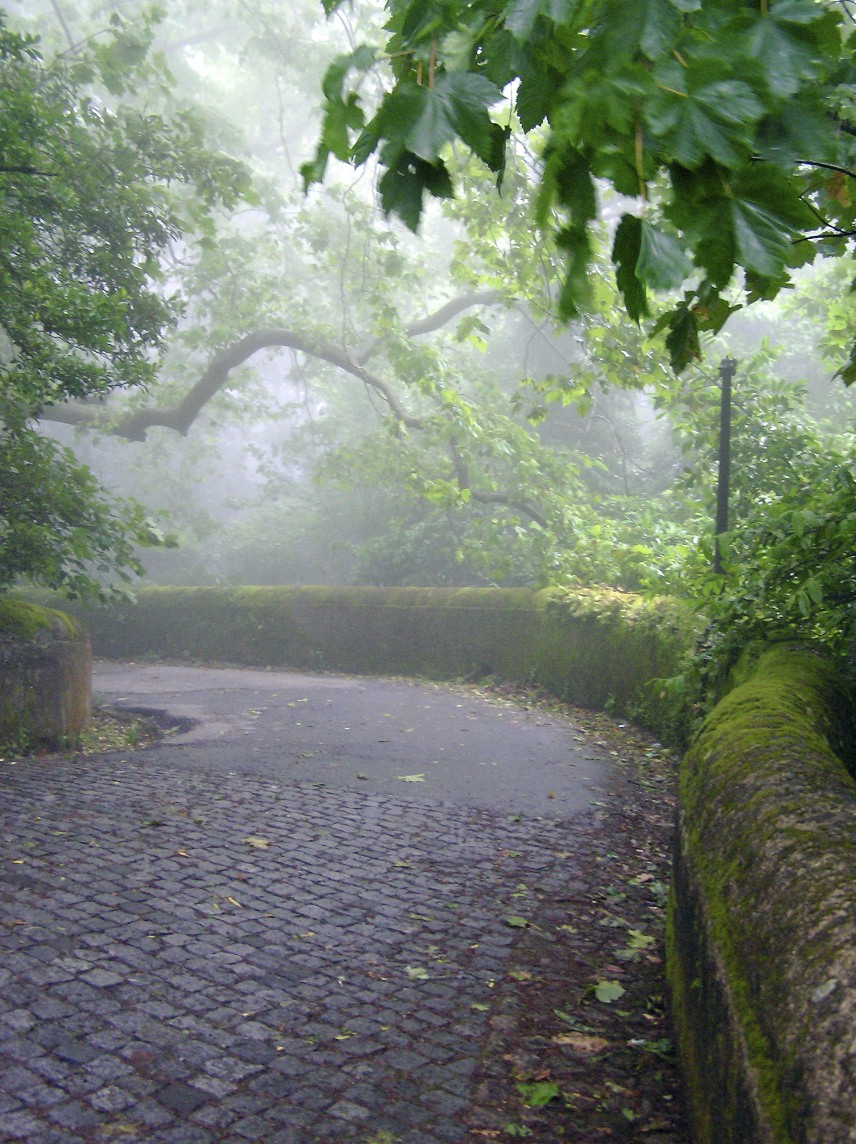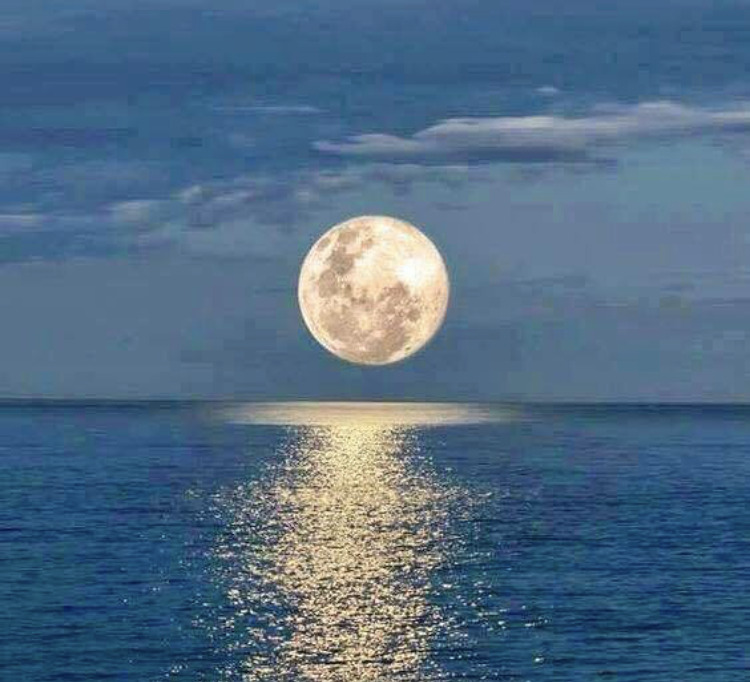
It should also be noted that all Wisdom Traditions insist on sanctuary. A wisely lived and productive life is impossible without sanctuary. On the other hand, the wise heart knows the need for time and solitude and reflection, as a wise gardener knows the need for seasons and care if plants are to grow and flourish, to give nourishment and beauty. Every Wisdom Tradition calls for both time alone and time engaged in community or society or “the marketplace,” alternating the two throughout the days and through a life. Only time alone can provide a deep and intimate relationship with the Self and all that is. Only time in community can hone Self to a mature level of application and service. Only alone can you hear yourself. Only in community can you hear others. The two are actually one.
Joseph Campbell brought this vision to our world during the 1980s with his books (and TV show) on myth (Campbell,1991). The hero typically starts at home, then goes out to be alone in the wilderness (including into sanctuary), faces himself, and then comes back richer. He then shares his riches with the community. Without going out (or inward) there are no riches. Without coming back, there is no value. We leave shallow and disoriented, we come back deeper and oriented to our own true North Star. A mature life (and a mature society) needs both. Freedom enables us to journey, learn, and return home so that we might share what we have learned with others.
Temporary Systems
When and where do we need sanctuary and how do we create sanctuary in an organizational setting? What do we do with the breeze of freedom that is blowing in our collective faces? How do we create sanctuaries when we wish to stop, hide, get away or rest (the first purpose)? What about the second function of sanctuary (to heal, repair, re-group and recover)? How and where do we retreat for a minute or two from a daunting challenge and come back to this challenge with renewed energy and new insights? The third purpose of sanctuary— “to find our deep center and reorient to our deeper compass again”—is often controversial. It requires our delving into deeper, more personal, and often more spiritual issues. Certainly, the notion of “coming home to one’s own truth” is foundational to any moment of freedom: ”You will know the truth and the truth will set you free.” The fourth purpose, which concerns the interplay between sanctuary and learning, is clearly relevant to freedom. “Mini-sanctuary”—moments of flow—can be found (and created) where learning is enhanced and further refined, as well as when actions that are based on this learning can be identified, described, and analyzed (what is often called “meta-learning”).
This is all well and good. But what about options other than sanctuaries? How else can these outcomes be achieved? In addition to sanctuaries, can we find other ways to encounter freedom in a successful manner? How do we take action (individually and collectively) when the breeze is blowing directly into our face—and we are encouraged to take action on behalf of this breeze. I proposed that in many instances, we can create successful setting for freedom in organizational and community settings by establishing temporary systems.







